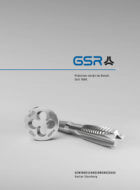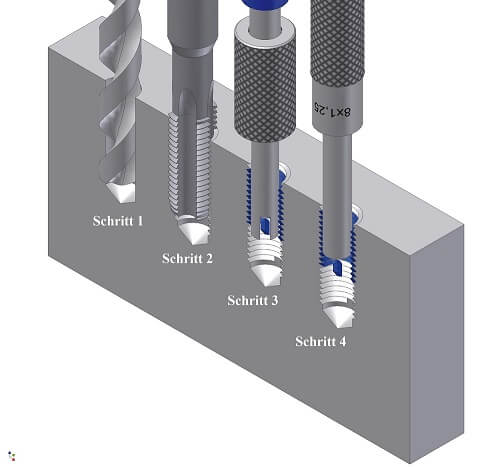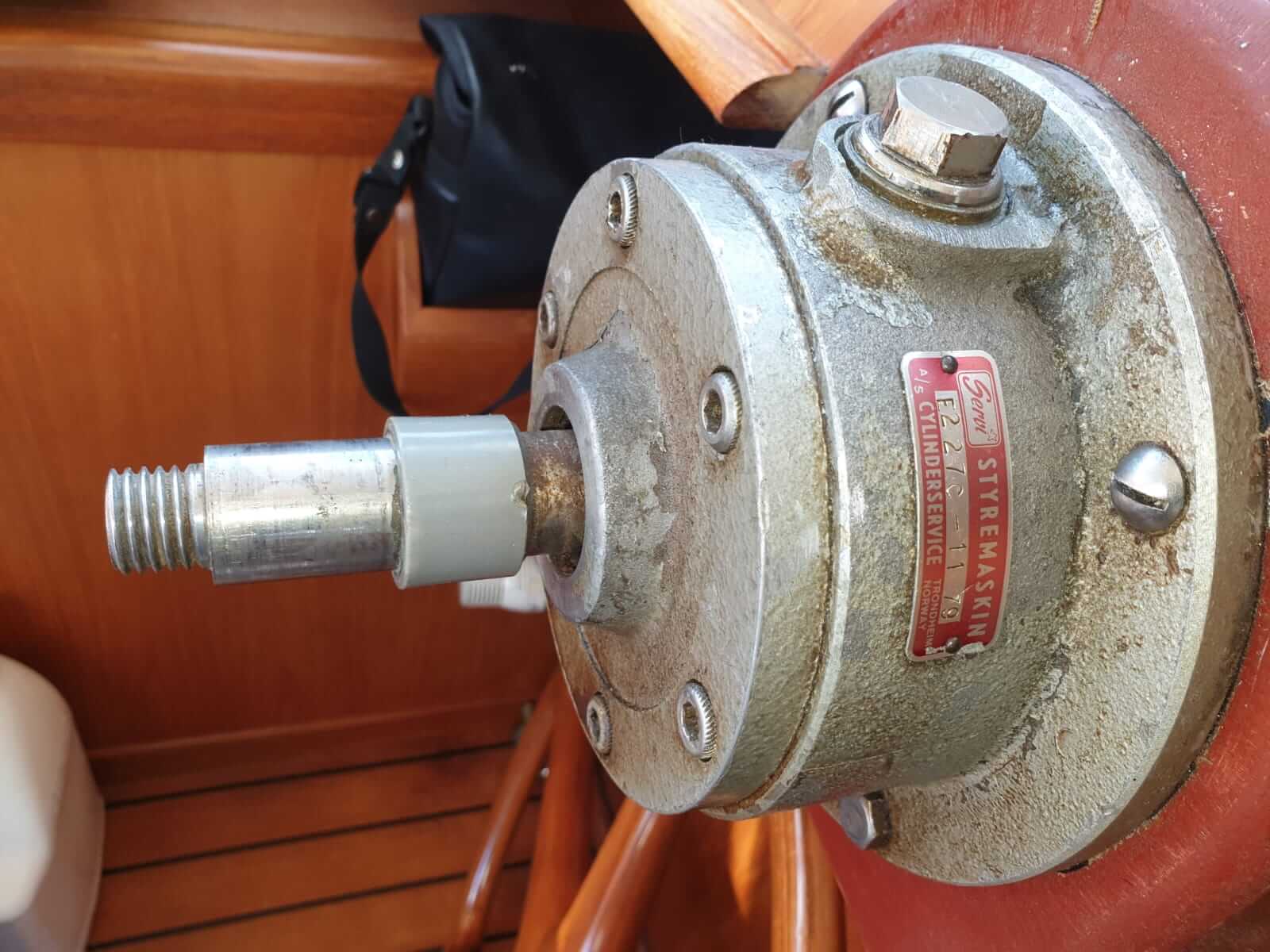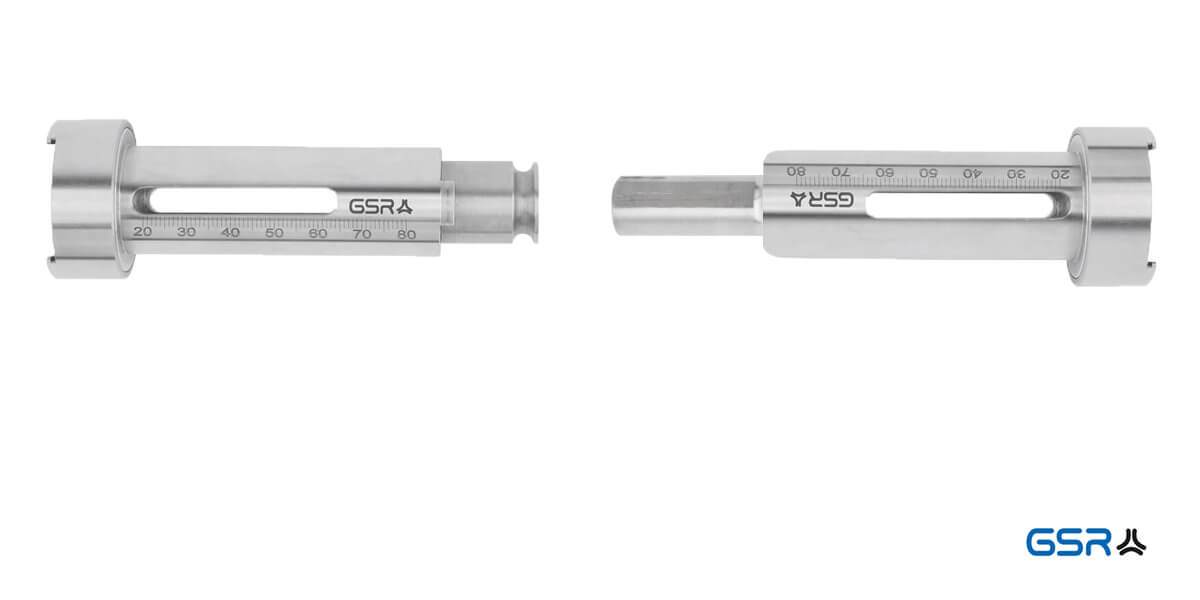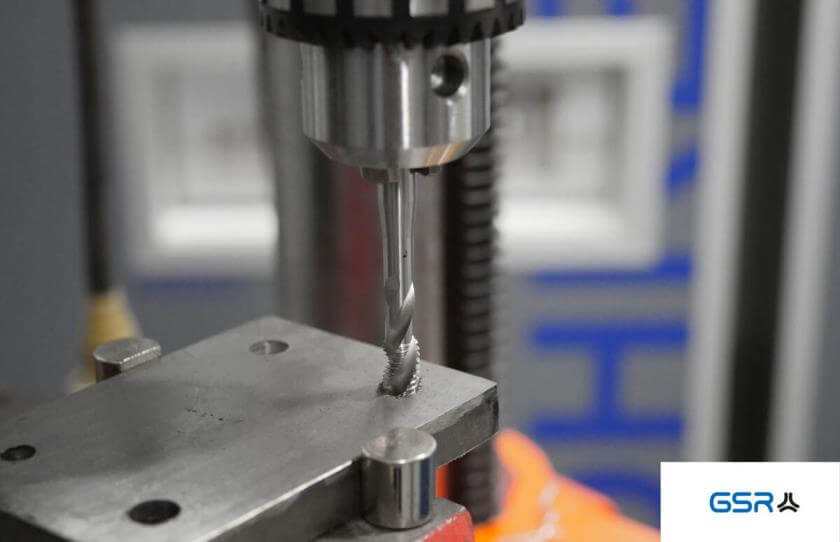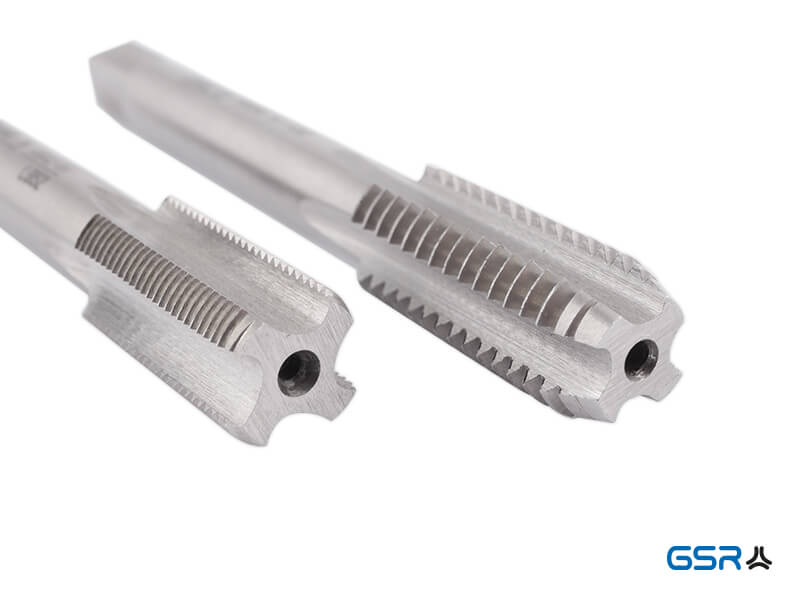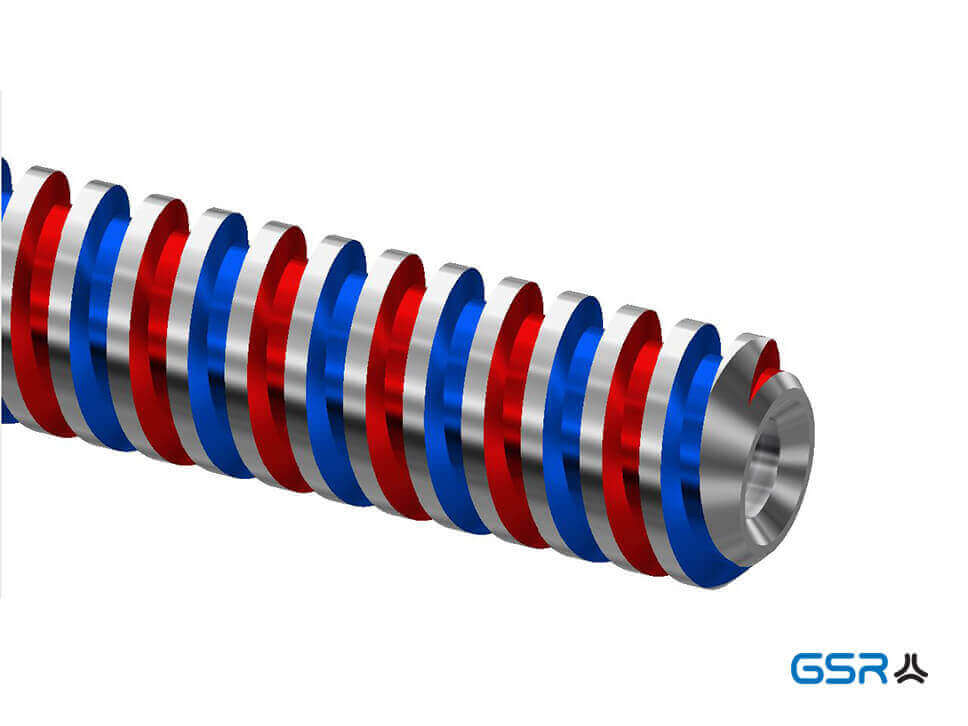Threads at the beginning of industrialisation – The beginnings in Germany
Historically, the production of nuts and bolts can be traced back quite accurately. Records show that the first large productions took place in Velbert, Rhineland, as early as 1680. From then on, knowledge expanded to Cronenberg (Wuppertal, NRW) and Hagen (NRW). At that time threads were produced by “small forges”. These initially worked very locally until the demand increased. The typical forging equipment consisted of “forging fire with bellows, anvil, hammers, pliers, punches and vices” (Kellermann / Treue 1962, p. 177).
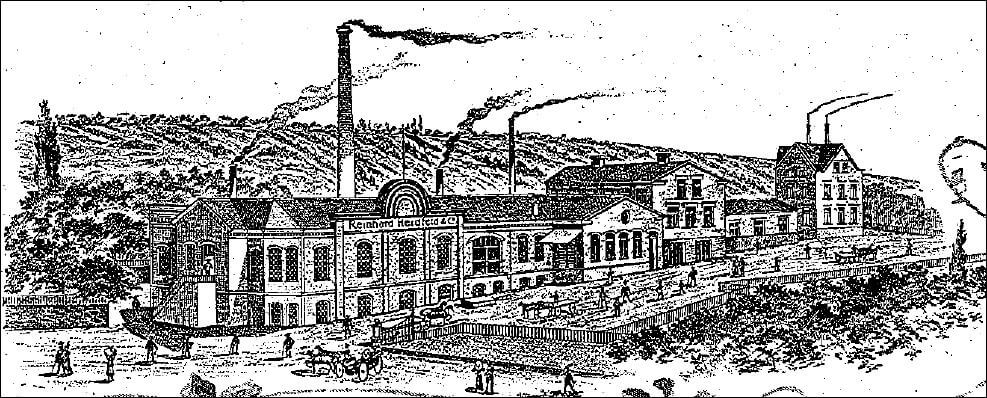
Quelle: GSR Archiv
First, the workpiece to be processed was heated in an open coal fire, the so-called forge fire, until it had the right temperature for forming. Then, with the help of a round die, the material was shaped and forged to the desired length. The head was either upset or welded on for larger bolts. The hexagonal shape was forged manually on the anvil. The thread was then cut on the screw bolt with a stick and a special hammer with the thread profile.
The nuts on the other hand were made of flat iron. “In a glowing state, he (the blacksmith) notched the flat iron, punched it and then cut off the individual pieces. He then put them into the fire a second time and then gave them their final shape” (Kellermann / Treue 1962, p. 177).
The processing and manufacture of threaded connections at that time was very energy and time intensive.
Source: Cf. Kellermann, R. / Treue, W. (1962): The cultural history of the screw. Publisher F. Bruckmann Munich, Munich 1962.





